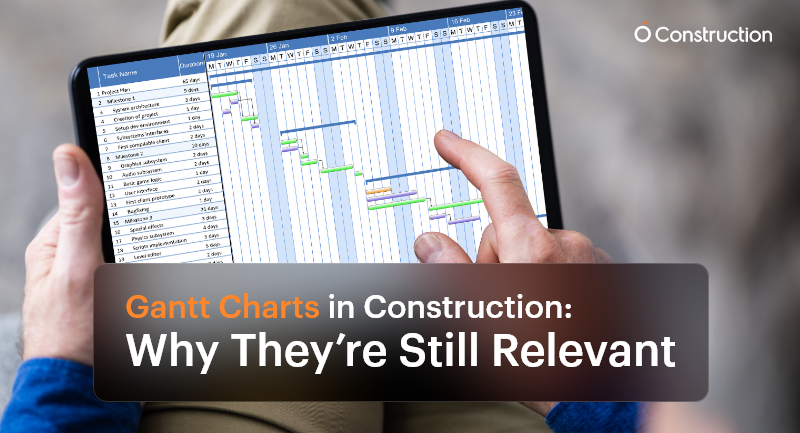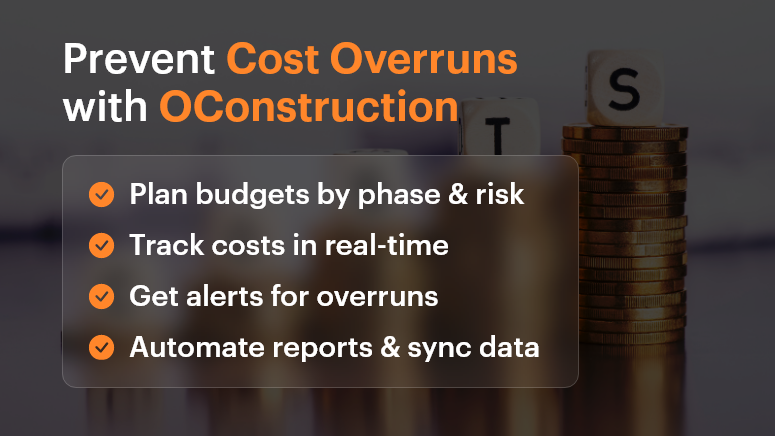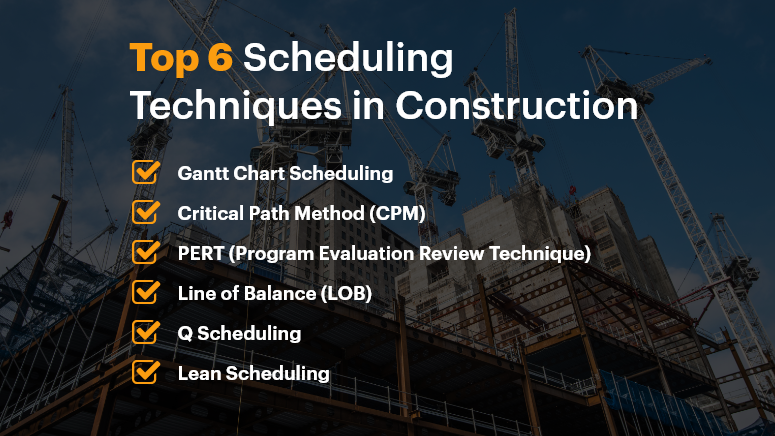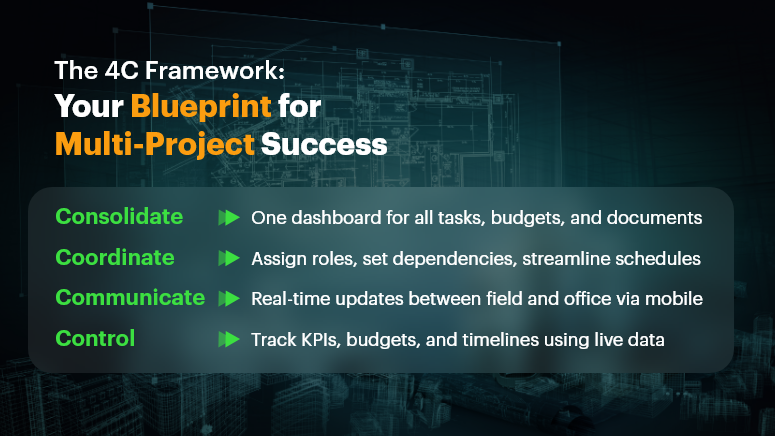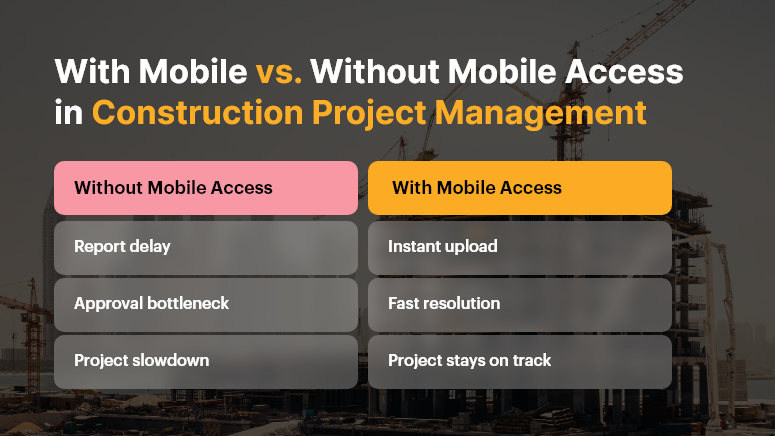Despite the surge of advanced AI-driven scheduling tools and live dashboards, Gantt charts in construction remain a cornerstone of project management. Why? Because construction is more intricate, deadline-driven, and team-dependent than ever before.
Every team needs a visual and reliable roadmap that brings clarity to the chaos, from project managers and subcontractors to site supervisors and procurement officers. This is where Gantt charts continue to shine.
Why Gantt Charts Still Matter in Construction
Construction is not just about bricks and concrete—it’s about precision planning, coordination, and communication. A single scheduling misstep can cause ripple effects that delay inspections, exceed budgets, or stall final delivery.
Here’s how Gantt charts in construction offer critical value:
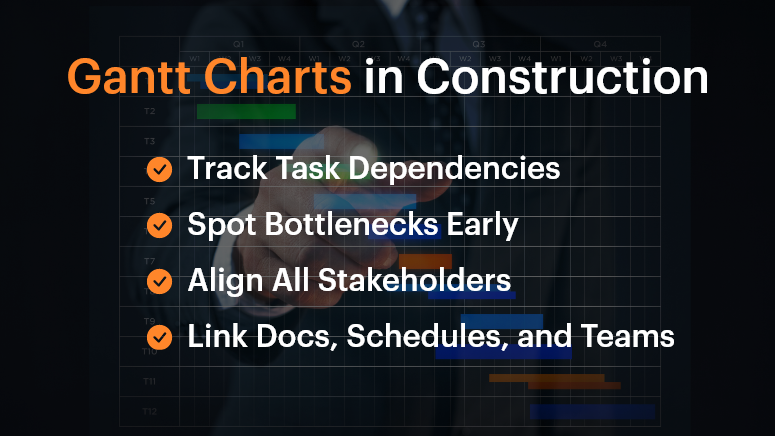
1. Track Dependencies Across Subcontractors
In a construction project, workstreams are tightly connected. Plumbing must be completed before walls are closed. Electrical systems may need to be coordinated with HVAC layouts.
Gantt charts help teams visualize and manage these dependencies—if Task A is delayed, you immediately see how Task B is affected. This preemptive visibility is vital for planning contingencies.
2. Identify Project Bottlenecks Early
As the chart progresses, you can pinpoint lagging tasks before they become full-blown roadblocks. For example, a delayed steel delivery in the foundation phase will affect structural framing and roofing. Gantt charts enable you to identify those early warning signs and make adjustments in real-time.
3. Keep All Stakeholders Aligned
When different teams—from architects to subcontractors—work off the same chart, everyone understands what’s happening and when. This unified view reduces miscommunication and avoids scope creep.
Who Benefits Most from Gantt Charts?
Project Managers
They oversee everything from timelines to team coordination. Gantt charts help them:
- Visualize overlapping tasks
- Track milestones
- Adjust schedules on the fly
Site Supervisors
Working in the field, they need clear, day-to-day task breakdowns. Gantt charts:
- Show what needs to happen today, tomorrow, or next week
- Improve coordination between field teams
Procurement Teams
Timing material delivery is critical. Gantt charts let them:
- Schedule deliveries aligned with task progress
- Avoid storage or material wastage
Real-World Example: Coordinating Complex Trades
Imagine a multi-story commercial project with concurrent plumbing, HVAC, and electrical work. Gantt charts allow managers to sequence tasks precisely so that the plumbing team completes their install before HVAC ducts are installed, avoiding rework or clashes.
Without this planning, teams step on each other’s toes, leading to delays, friction, and budget overshoots.
Best Practices for Using Gantt Charts in Construction
DOs:
- Use Dependencies Wisely: Link tasks based on logical, real-world sequences. If one activity slips, the dependent tasks should automatically adjust.
- Break Down Phases: Don’t lump the entire project into a single line. Divide it into logical segments: design, permitting, site prep, foundation, structure, MEP, interiors, inspections, and handover.
- Update Frequently: Treat your Gantt chart as a live document. Weekly or daily updates ensure it reflects the real-time site status, not just the plan.
DON’T:
- Overcomplicate It: Don’t try to document every micro-task. Focus on deliverables and milestones to keep things clean and readable.
- Use Static Formats: Avoid spreadsheets or printed charts. They become outdated quickly. Use digital, interactive platforms.
- Work in Isolation: Don’t keep the chart limited to a few managers. Make sure it’s accessible and collaborative for the entire team.
What OConstruction’s Gantt Chart Feature Brings to the Table
OConstruction amplifies the power of Gantt charts with purpose-built features for modern construction workflows:
- Drag-and-Drop Scheduling: Adjust tasks easily to reflect real-world changes on site.
- Color-Coded Status: Visual cues show task health—green for done, yellow for pending, red for delays.
- Real-Time Syncing: Updates from field engineers or subcontractors automatically update the chart.
- Forecasting: Identify tasks at risk of delay with trend analysis and alert mechanisms.
- Integrated Documents: Link each task with blueprints, contracts, or RFIs for quick reference.
A Simple Framework to Build Gantt Charts
Here’s how to get started:
- List Major Phases: Design, site clearance, structural work, MEP, finishing, and handover.
- Break Into Tasks: Under each phase, define key deliverables (e.g., concrete pour, steel delivery, plumbing inspection).
- Assign Durations and Owners: Estimate how long each task takes and who’s responsible.
- Map Dependencies: Connect the tasks that rely on one another.
- Collaborate: Share with teams and adjust based on their feedback.
- Publish and Track: Keep the chart open and updated throughout the build.
Customer Story
Build Rite Constructions, a mid-size commercial builder, implemented OConstruction’s Gantt chart feature across five simultaneous projects. The result?
- 28% reduction in schedule overruns
- Improved vendor coordination
- Fewer site clashes between trades
- Real-time timeline visibility for both on-site teams and HQ
Their secret? They used Gantt charts not just for planning, but for active coordination and adjustment.
Final Thoughts
Gantt charts in construction aren’t just old-school charts—they’re dynamic tools that drive clarity and performance. In today’s fast-moving, multi-stakeholder projects, they provide the structure teams need to stay on track.
With modern tools like OConstruction, Gantt charts become a live, interactive command center for your entire project.
Don’t manage construction chaos. Plan around it—with a Gantt chart that evolves as your project does.
